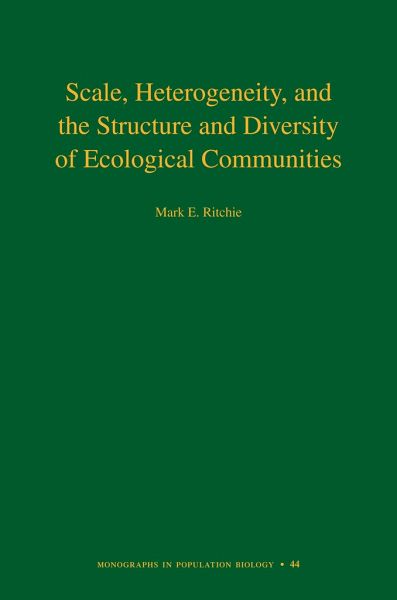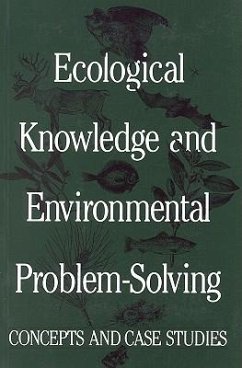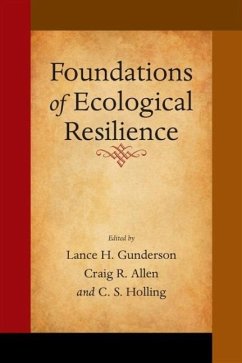
Scale, Heterogeneity, and the Structure and Diversity of Ecological Communities

PAYBACK Punkte
31 °P sammeln!
"It is apparent that this book is the culmination of long and hard thinking about pattern in ecological communities, and how one might use the mathematics of fractals to develop a coherent thesis on how to integrate space and environmental heterogeneity into the theory of community structure. The work has a nice connection to classic thinking in community ecology. This is a well-written book."--Oswald J. Schmitz, Yale University "This is an ambitious book that takes ideas from existing equilibrium-based ecological theory and adds the innovation that population equilibria are determined by reso...
"It is apparent that this book is the culmination of long and hard thinking about pattern in ecological communities, and how one might use the mathematics of fractals to develop a coherent thesis on how to integrate space and environmental heterogeneity into the theory of community structure. The work has a nice connection to classic thinking in community ecology. This is a well-written book."--Oswald J. Schmitz, Yale University "This is an ambitious book that takes ideas from existing equilibrium-based ecological theory and adds the innovation that population equilibria are determined by resource use in a heterogeneous environment. The ideas the author presents are stimulating. There is no doubt in my mind that this is an important, timely book."--Brian A. Maurer, Michigan State University













